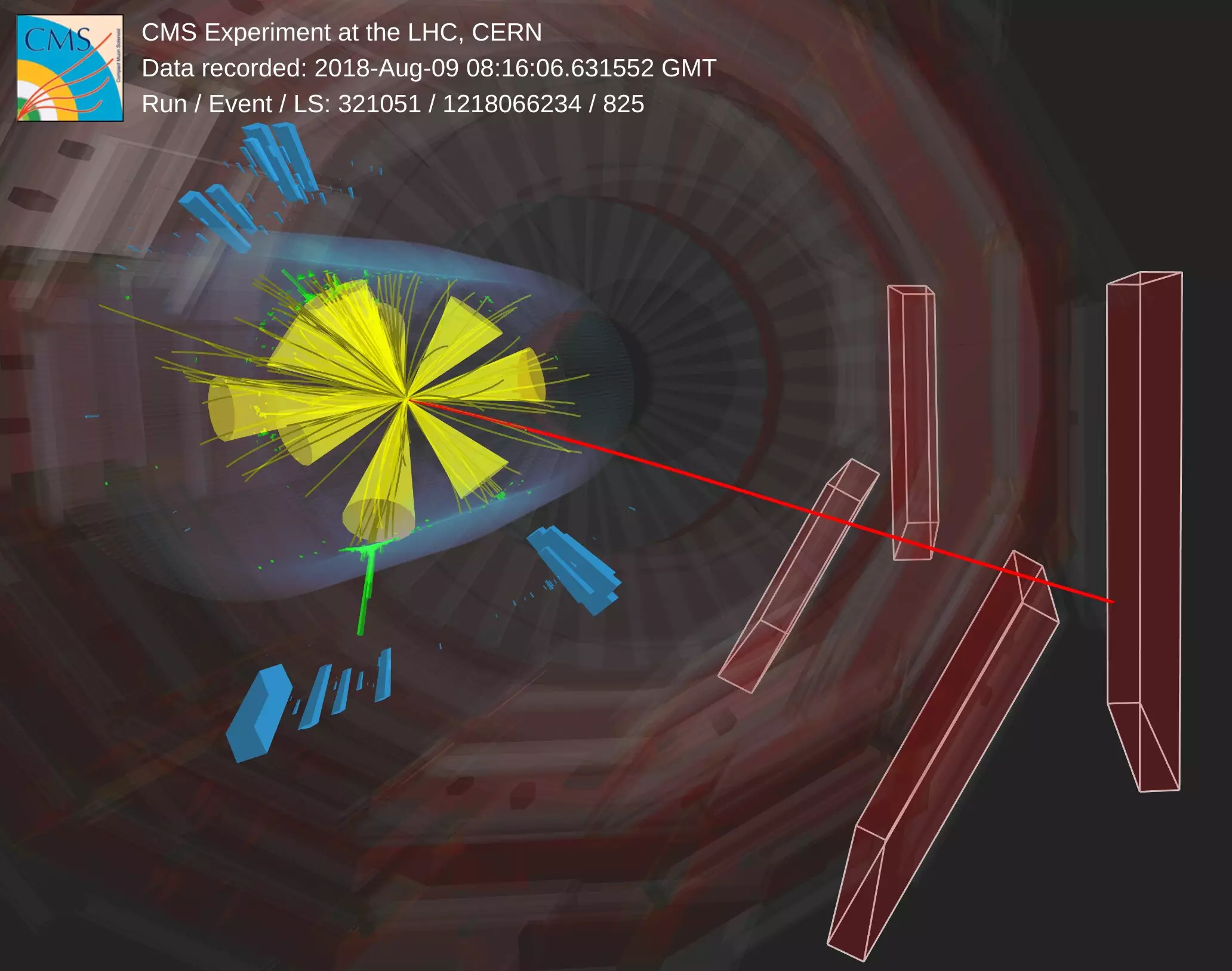Supersymmetry (SUSY) has long been regarded as a fascinating theory in the realm of particle physics, offering tantalizing solutions to some of the most perplexing questions in the field. This theory posits the existence of “superpartner” particles for every known particle, each with slightly different properties. For instance, the top quark of the Standard Model is predicted to have a superpartner known as the top squark, or “stop.”
The CMS Collaboration’s Discovery
In a groundbreaking development in 2021, the CMS collaboration delved into the extensive collection of collision data gathered between 2016 and 2018. This analysis yielded intriguing features that hinted at the possible presence of stop particles within the data set. The significance of this discovery was underscored by the fact that the observed phenomena deviated significantly from what would be expected solely from known particles, with a less than 5% chance of a random occurrence.
Advancements in Analysis Techniques
Rather than adopting a passive stance and waiting for additional data to validate their findings, the CMS collaboration opted to adopt a proactive approach. They decided to reanalyze the existing data using upgraded analysis techniques to investigate the simultaneous production of pairs of stops. This involved the decay of each stop into a top quark in conjunction with several lighter quarks or gluons, culminating in the formation of hadrons and subsequent clusters of particles identified as “jets.”
One of the primary challenges encountered in this analysis pertained to estimating background signals accurately, particularly in distinguishing between the signal of interest and the background noise. Traditional methods such as the “ABCD method,” which depend on uncorrelated observables to segregate data into distinct regions, proved ineffective due to the inherent correlation between variables in the stop search.
To circumvent this limitation, CMS physicists implemented a pioneering strategy rooted in advanced machine-learning techniques. By identifying two minimally correlated variables, they were able to partition the data set into the requisite signal-dominated and background-dominated regions. This innovative approach enabled the accurate prediction of background signals based on observed data, obviating the need for simulations fraught with uncertainties.
The successful application of this novel method resulted in a substantial enhancement of analysis sensitivity, paving the way for a more nuanced understanding of the data. Moreover, it dispelled any lingering doubts regarding the potential existence of the signal alluded to in the initial 2021 analysis, signifying a major leap forward in the pursuit of supersymmetric particles.
Implications for Particle Physics
The absence of a discernible signal in the latest analysis has important implications for specific SUSY scenarios, indicating that a stop particle decaying into top quarks and jets must possess a mass exceeding 700 GeV. Armed with a more refined analysis methodology, physicists are now poised to delve deeper into the mysteries of particle physics and unravel the enigmatic secrets that Nature holds within its bosom.



Leave a Reply